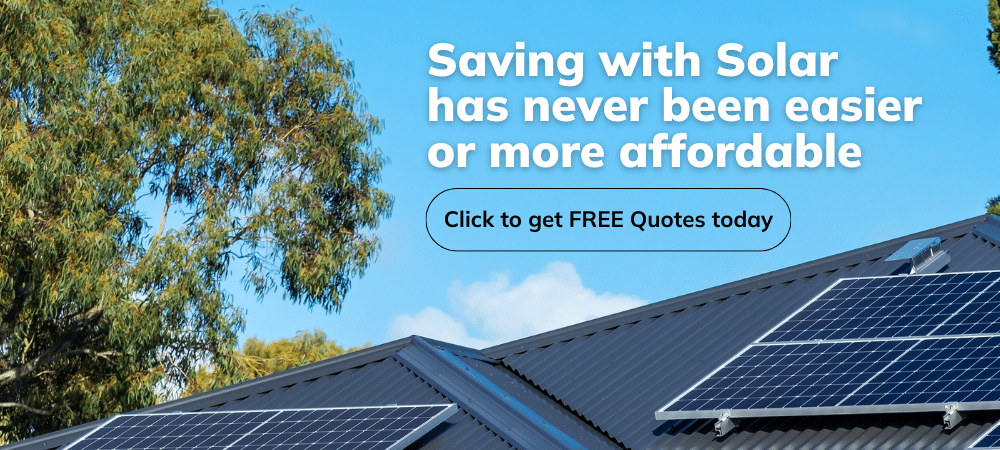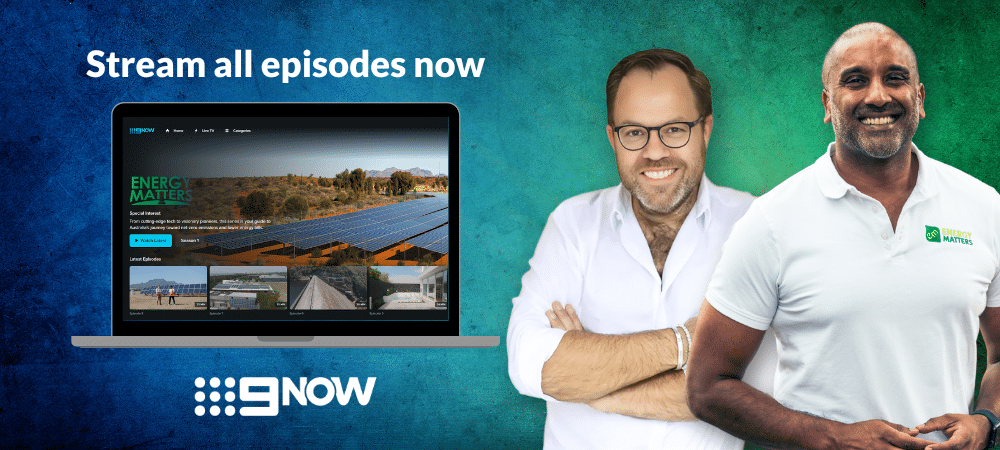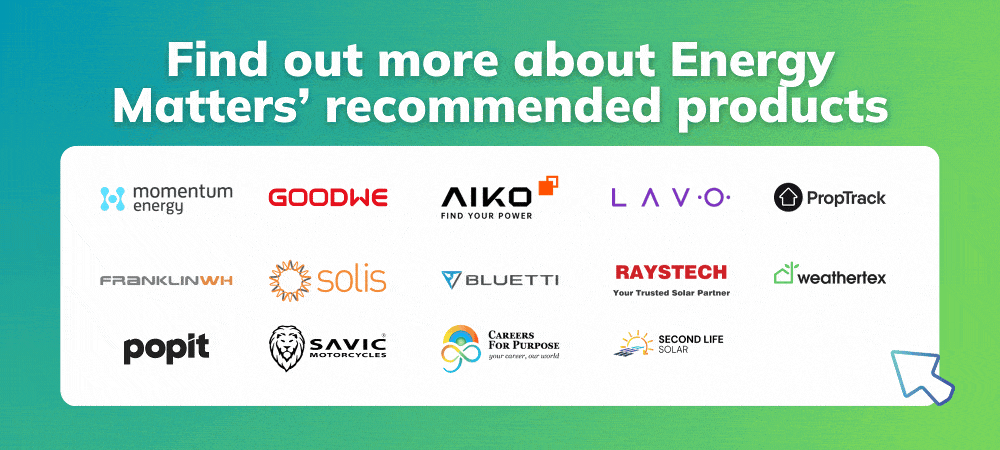Hydrogen energy is emerging as a pivotal component in Australia’s transition towards a sustainable and low-carbon future. With abundant renewable resources and a commitment to innovation, Australia is positioning itself as a global leader in hydrogen production and utilisation.
This comprehensive guide delves into the intricacies of hydrogen energy, elucidating its production methods, applications, and the specific strategies Australia is implementing to harness its potential.
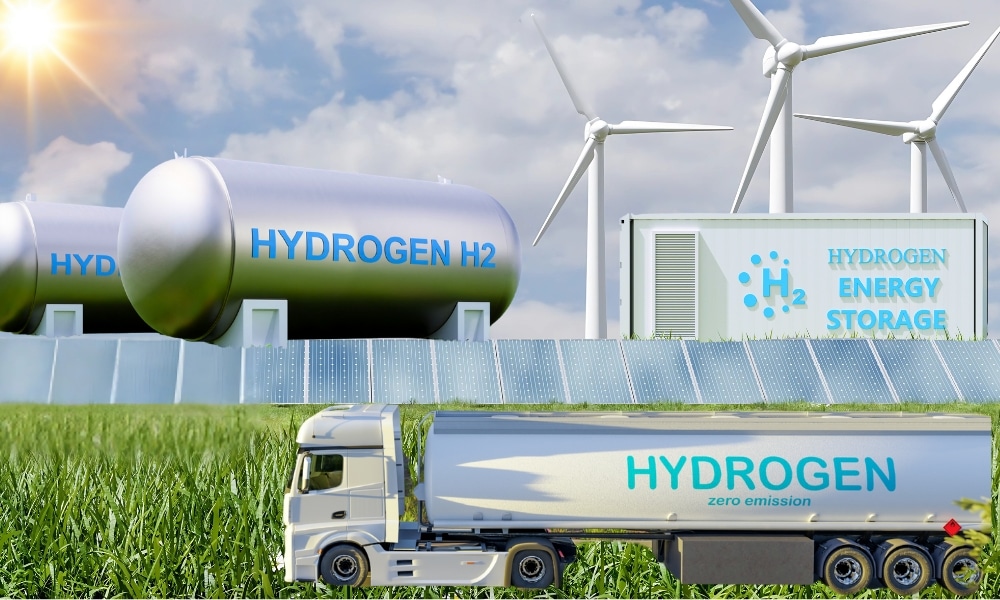
On this page
Understanding hydrogen energy
Hydrogen is the most abundant element in the universe, and when utilised as an energy carrier, it offers a clean alternative to fossil fuels. The appeal of hydrogen lies in its ability to produce energy with water as the only by-product, thereby significantly reducing greenhouse gas emissions.
Hydrogen energy explained
Hydrogen energy is clarified by recognising that hydrogen (H₂) is the most abundant element in the universe, yet it seldom exists in its pure form.
Production methods of hydrogen
Hydrogen can be produced through several methods, each varying in environmental impact and efficiency:
- Thermochemical processes: Involves using heat and chemical reactions to extract hydrogen from organic materials.
- Steam Methane Reforming (SMR): A high-temperature process where steam reacts with natural gas to produce hydrogen. This is currently the most common method, accounting for about 95% of hydrogen production.
- Electrolysis: Utilises electricity to split water (H₂O) into hydrogen and oxygen. When powered by renewable energy sources, this method produces ‘green hydrogen’ with zero emissions.
- Biological processes: Certain microorganisms can produce hydrogen through biological reactions, offering a renewable production pathway.
- Solar water splitting: Direct solar energy splits water molecules into hydrogen and oxygen, harnessing the sun’s power for clean hydrogen production.
Hydrogen must be extracted from compounds such as water or natural gas. The key to sustainable hydrogen production lies in the various types of hydrogen, depending on the energy source used.
- Green hydrogen is produced through electrolysis, using renewable electricity to split water into hydrogen and oxygen. This method is carbon-neutral.
The production of green hydrogen via solar power involves several key steps:
- Solar energy capture: Photovoltaic (PV) panels harness sunlight, converting it into electricity.
- Electrolysis: The generated electricity powers an electrolyser, which splits water (H₂O) into hydrogen (H₂) and oxygen (O₂).
- Hydrogen collection and storage: The resulting hydrogen gas is captured, purified, and stored under pressure for various applications.
- Blue hydrogen uses natural gas as a feedstock, with carbon capture and storage (CCS) to mitigate emissions. While lower-carbon than grey hydrogen, it is not carbon-neutral.
- Grey hydrogen is produced from natural gas without CCS, resulting in significant CO₂ emissions, and is the most common form of hydrogen production today.
Did you know Energy Matters is Australia’s largest renewable news, blog and educational resource? Subscribe to Energy Matters’ weekly newsletter and keep updated even with incentives, rebates and recommended solar product offers.
How hydrogen fuel cells work: Powering mobility and beyond
Understanding how hydrogen fuel cells work is critical to understanding hydrogen’s potential. A fuel cell combines hydrogen and oxygen to produce electricity, with water and heat as byproducts. This electrochemical process is highly efficient and produces zero harmful emissions at the point of use.
- A typical hydrogen fuel cell consists of an anode, a cathode, and an electrolyte membrane.
- Hydrogen is fed to the anode and split into protons and electrons.
- Protons pass through the electrolyte membrane to the cathode, while electrons flow through an external circuit, generating electricity.
- At the cathode, the protons and electrons combine with oxygen to form water.
- Fuel cells can power vehicles, backup power systems, and even entire communities.
The hydrogen power generation process in Australia: From production to utilisation
Australia’s hydrogen power generation process is evolving rapidly, with projects spanning the entire value chain, from production to distribution and utilisation.
- Production: Large-scale electrolysis plants are being developed in regions with abundant renewable resources, such as Western Australia, South Australia, and Queensland.
- Storage and transportation: Hydrogen can be stored in gaseous or liquid form, and transported via pipelines, trucks, or ships. Australia is exploring various storage and transport solutions to ensure efficient distribution.
- Utilisation: Hydrogen is being trialed and implemented in various applications, including:
- Heavy-duty transport, such as trucks and buses.
- Industrial processes, such as steel and ammonia production.
- Power generation, including backup power and grid stabilisation.
- Residential and commercial heating.
- Australia is actively developing export markets for hydrogen, particularly in Asia, where demand for clean energy is skyrocketing.
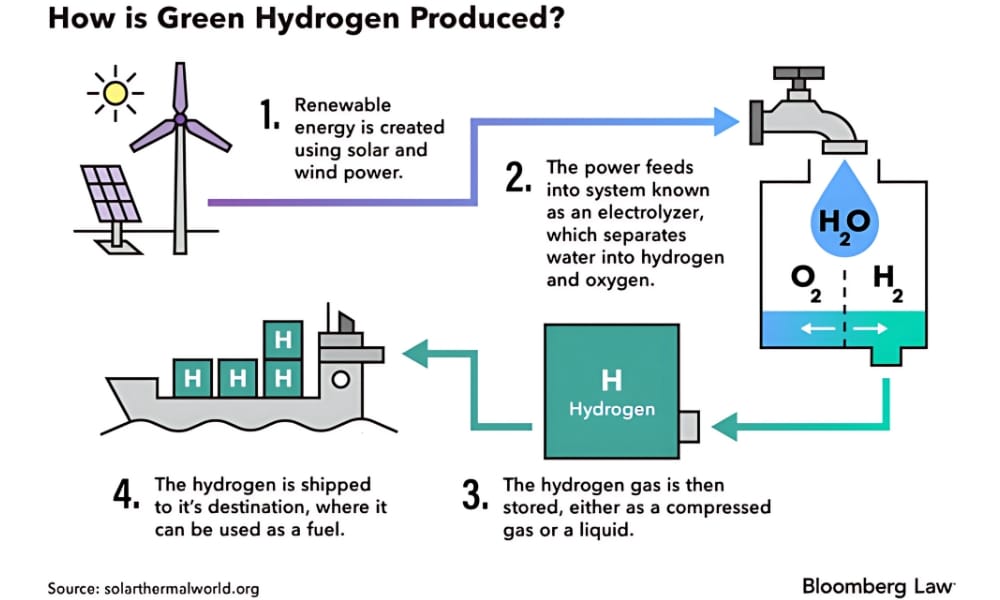
Key projects and initiatives driving Australia's hydrogen ambitions
Several landmark projects are driving Australia’s hydrogen ambitions:
- The Asian Renewable Energy Hub (AREH) in Western Australia aims to produce green hydrogen and ammonia for export to Asia.
- The Hydrogen Energy Supply Chain (HESC) project in Victoria is focused on producing blue hydrogen from coal and exporting it to Japan.
- LAVO Hydrogen production in China
Based in China, LAVO’s hydrogen production system exemplifies Australian innovation. LAVO uses solar-powered hydrogen technology to store energy efficiently, providing long-duration storage for homes and businesses. This system was featured in Episode 2: LAVO Hydrogen of the Energy Matters TV Show, highlighting the expanding global presence of Australian-developed hydrogen fuel solar energy systems.
Challenges and Opportunities
Despite its vast potential, Australia’s hydrogen industry encounters numerous challenges. Nevertheless, the opportunities are equally substantial.
Challenges | Opportunities |
Cost: The cost of producing green hydrogen is higher than that of fossil fuel-based alternatives. | Economic growth: The hydrogen industry has the potential to create thousands of jobs and generate billions in export revenue. |
Infrastructure: Significant investment is needed to develop hydrogen storage, transportation, and refueling infrastructure. | Decarbonisation: Hydrogen can be crucial in reducing greenhouse gas emissions and achieving Australia’s climate targets. |
Regulatory framework: A clear and consistent regulatory framework is essential for industry development. | Energy security: Hydrogen can enhance Australia’s energy security by diversifying its energy mix and reducing reliance on fossil fuels. Australia’s abundant space and renewable energy resources offer it a competitive advantage. |
Public awareness: Educating the public about the benefits of hydrogen is crucial for widespread adoption. |
Sources: Australian Renewable Energy Agency (ARENA) – Hydrogen Energy | Department of Climate Change, Energy, the Environment and Water (DCCEE) – Australia’s National Hydrogen Strategy | Geoscience Australia – Hydrogen
The future of hydrogen in Australia
Australia is committed to becoming a global hydrogen powerhouse, focusing on green hydrogen production. The nation’s strategic investments, research and development efforts, and international collaborations pave the way for a sustainable hydrogen future. The journey involves overcoming challenges, but the long-term benefits for Australia and the world are undeniable.
Embrace the hydrogen revolution! Discover how you can contribute to Australia’s clean energy future. Explore the possibilities, support sustainable initiatives, and join the movement towards a greener tomorrow.
Energy Matters encourages you to investigate your role in Australia’s hydrogen future. Contact us today to learn how you can contribute to a sustainable energy landscape.
Energy Matters has been recognised for our continued excellence in the Australian solar industry. We provide our customers with high-quality resources, insight, and access to reputable solar quotes.
Our team of solar experts can help you get up to 3 FREE solar quotes from pre-qualified and vetted solar firms in your area.









